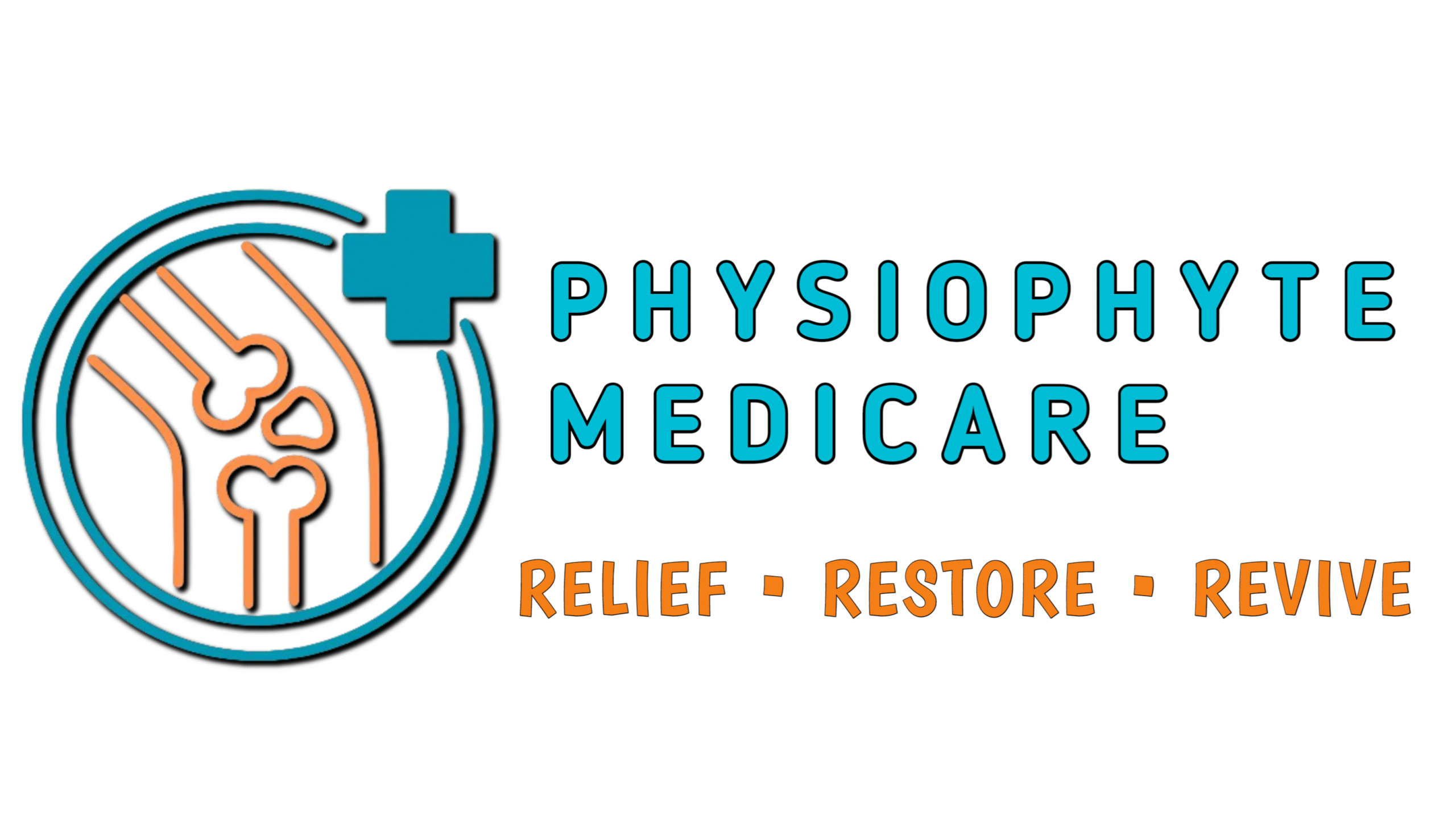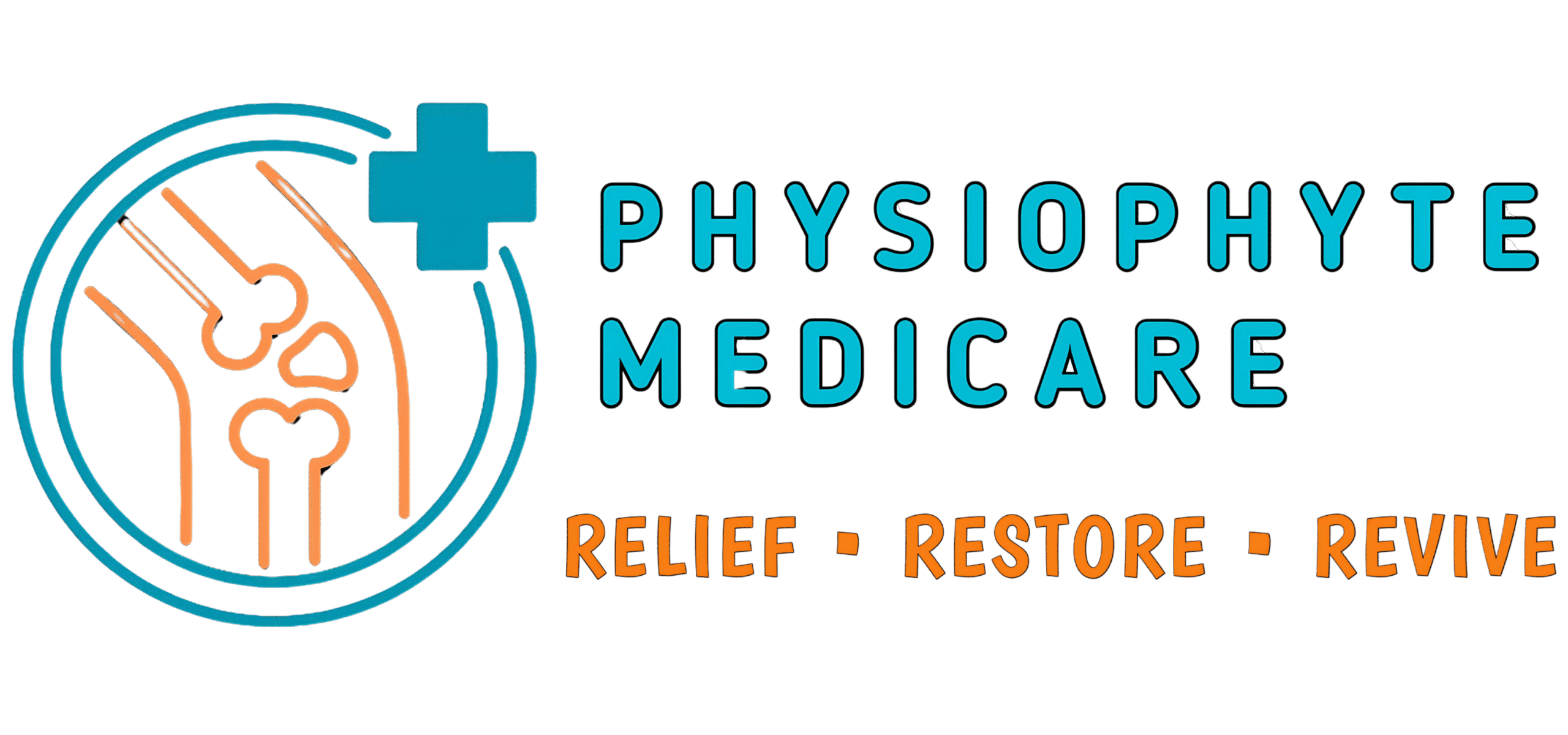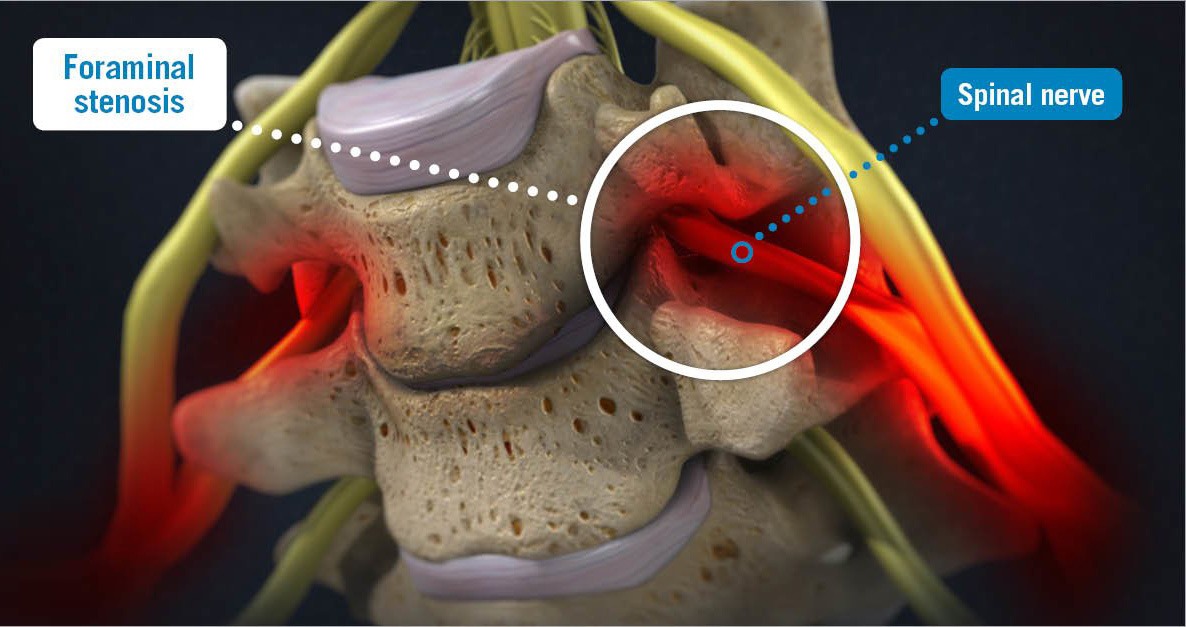
Understanding the difference between sciatica and stenosis is important for patients dealing with lower back pain, leg discomfort, and mobility issues. At Physiophyte Medicare, we are committed to helping patients in Delhi, Gurgaon, Noida, Ghaziabad, Faridabad, and Patna understand these conditions and receive effective home physiotherapy services and personalized treatments.
In this blog, we explain the key differences between sciatica and stenosis, their causes, symptoms, treatment options, and how our expert team helps patients recover using evidence-based physiotherapy techniques at home.
✅ What is Sciatica?
Sciatica refers to pain that radiates along the path of the sciatic nerve, which runs from the lower back through the hips, buttocks, and down each leg or one leg either till back or side of thigh or till the knee depending upon the severity.
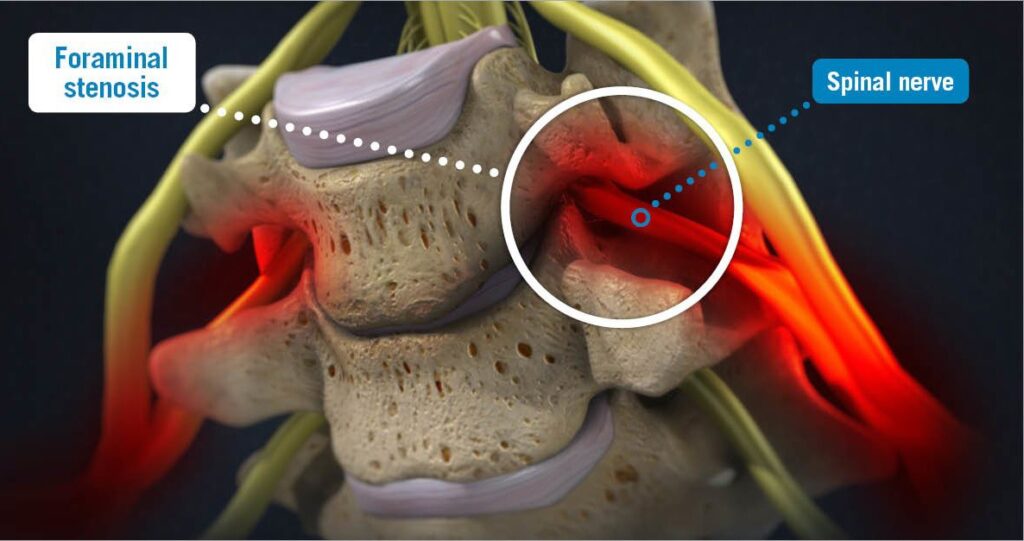
Common causes of sciatica:
Piriformis syndrome
Herniated or slipped disc
Spinal injury or trauma
Degenerative disc disease
Symptoms of sciatica:
Sharp, shooting pain in the lower back or leg
Numbness or tingling in the leg or foot
Muscle weakness
Difficulty moving or walking
Pain that worsens when sitting, sneezing, or coughing
How sciatica affects daily life:
Limits mobility and independence
Interferes with work and sleep
Increases emotional stress and anxiety
✅ What is Spinal Stenosis?
Spinal stenosis is the narrowing of the spaces within the spine, which puts pressure on the nerves traveling through the spine.
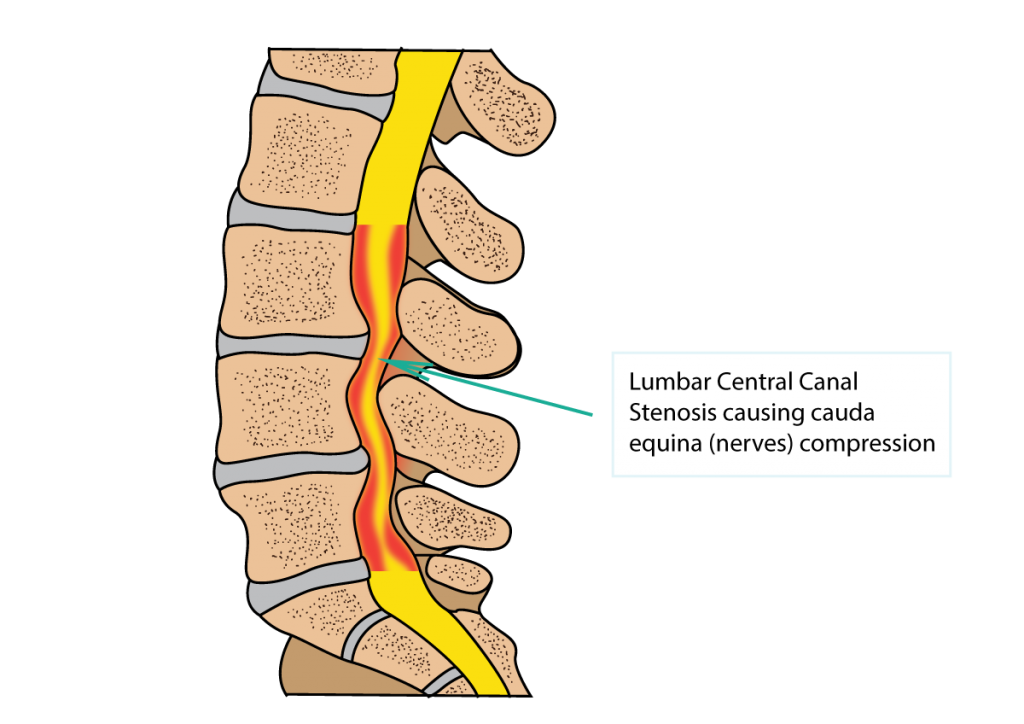
Common causes of spinal stenosis:
Aging and wear-and-tear
Bone spurs
Herniated discs
Thickened ligaments
Injury or arthritis
Symptoms of spinal stenosis:
Pain or cramping in the legs when walking or standing
Numbness or weakness
Balance issues
Reduced coordination
Pain that improves when bending forward or sitting
How stenosis impacts life:
Causes difficulty in walking and climbing stairs
Leads to reduced activity levels
Creates fear of movement and dependency
✅ Key Differences Between Sciatica and Stenosis
| Feature | Sciatica | Stenosis |
|---|---|---|
| Definition | Pain along the sciatic nerve path | Narrowing of spinal canal |
| Cause | Nerve irritation or compression | Structural narrowing from aging or injury |
| Onset | Sudden or injury-related | Gradual, degenerative |
| Pain location | Lower back, hips, and legs | Legs, lower back, balance issues |
| Relief factors | Movement, stretching | Sitting, bending forward |
| Treatment approach | Nerve decompression, pain relief | Strengthening, posture correction |
✅ Why Differentiating Between Sciatica and Stenosis Matters
It’s easy to confuse sciatica and stenosis because both cause lower back and leg pain. However, accurate diagnosis ensures proper treatment.
Why it’s important:
Avoids unnecessary surgeries
Helps manage symptoms effectively
Reduces risk of chronic pain
Guides personalized physiotherapy programs
At Physiophyte Medicare, we offer professional consultations and assessments to distinguish between these conditions and plan the right treatment path.
✅ Treatment Options for Sciatica and Stenosis
Non-surgical treatments we recommend:
- Home physiotherapy services tailored to each patient’s needs
- Targeted exercises for core strengthening and nerve decompression
- Posture training to relieve nerve pressure
- Manual therapy to improve flexibility and blood flow
- Pain management techniques including heat therapy and guided stretches
- Lifestyle guidance including ergonomic tips and activity modifications
- Patient education on injury prevention and exercise routines
✅ Specific therapies for sciatica:
- Nerve gliding exercises
- Lower back stretching
- Pelvic stabilization exercises
- Functional training to improve mobility
✅ Specific therapies for stenosis:
- Flexion-based movements
- Spinal decompression techniques
- Postural correction exercises
- Balance and coordination training
✅ How Physiophyte Medicare Helps Patients
We are specialized in providing evidence-based, patient-centered home physiotherapy services for long times that cater to individual requirements.
Our approach:
- Initial assessment: We carefully evaluate symptoms and medical history to distinguish between sciatica and stenosis.
- Customized treatment plans: No two patients are the same; we build a program that addresses each condition.
- Teleconsultation support: For patients in Delhi, Gurgaon, Noida, Ghaziabad, Faridabad, and Patna, we offer virtual guidance and continuous monitoring.
- Home visit physiotherapy: We bring all therapeutic services to your doorstep, minimizing travel stress and ensuring comfort.
- Long-term recovery plans: Our focus is not only on immediate pain relief but also on strengthening the spine and improving quality of life.
✅ Why Choose Physiophyte Medicare For Physiotherapy?
✔ Expert physiotherapists with experience in managing sciatica and stenosis
✔ Convenient home physiotherapy services across Delhi, Gurgaon, Noida, Ghaziabad, Faridabad, and Patna
✔ Personalized treatment plans designed for long-term relief
✔ Affordable care without compromising quality
✔ Support every step of your recovery journey
✅ Get Expert Care at Home – Available Across Locations
At Physiophyte Medicare, we understand that every patient’s situation is unique, and accessing care should be easy and convenient. That’s why we offer specialized home physiotherapy services for sciatica, stenosis, and other conditions at your doorstep in multiple cities.
Explore how we can support you in your area:
✅ Home Physiotherapy in Delhi – Expert spinal care and customized treatment plans without the hassle of traveling.
✅ Physiotherapy at Home in Gurgaon – Personalized programs for sciatica and stenosis with flexible session timings.
✅ Noida’s Best Home Physiotherapy Services – Experienced therapists helping you regain mobility and reduce pain.
✅ Home Visit Physiotherapy in Ghaziabad – Comprehensive spinal assessments and structured exercise plans in the comfort of your home.
✅ Faridabad’s Trusted Physiotherapy Providers – Holistic care solutions combining pain management and posture correction.
✅ Patna’s Leading Home Physiotherapy Center – Tailored recovery strategies for spinal problems and nerve-related pain.
Whether you’re dealing with sudden sciatica pain or chronic spinal stenosis, our location-specific teams are ready to assist you with compassionate care, evidence-based techniques, and continuous support.
✅ Lifestyle Tips to Support Recovery
- Maintain correct posture while sitting, standing, and sleeping.
- Avoid heavy lifting and sudden twisting movements.
- Stay active with low-impact exercises like walking or swimming.
- Follow prescribed stretching routines daily.
- Eat a balanced diet rich in calcium and vitamin D to support bone health.
- Manage stress through mindfulness or breathing exercises.
✅ Frequently Asked Questions (FAQs)
Can sciatica turn into spinal stenosis?
No, sciatica is a symptom of nerve irritation, while stenosis is a structural narrowing of the spinal canal. However, both can coexist in patients, making treatment more complex.
How long does it take to recover from sciatica or stenosis?
Recovery depends on the severity, consistency of treatment, and patient compliance. Many patients see improvements in 4–8 weeks with physiotherapy.
Is surgery always required for spinal stenosis?
Not always. Most cases can be managed with physiotherapy, pain relief strategies, and lifestyle modifications. Surgery is considered only in advanced cases.
Can I exercise if I have sciatica or stenosis?
Yes, but under expert guidance. We recommend supervised exercises that reduce nerve pressure and strengthen supporting muscles without aggravating symptoms.
Are home physiotherapy sessions effective?
Absolutely. At Physiophyte Medicare, home physiotherapy sessions are designed to provide the same quality of care as a clinic, with added comfort and personalized attention.
